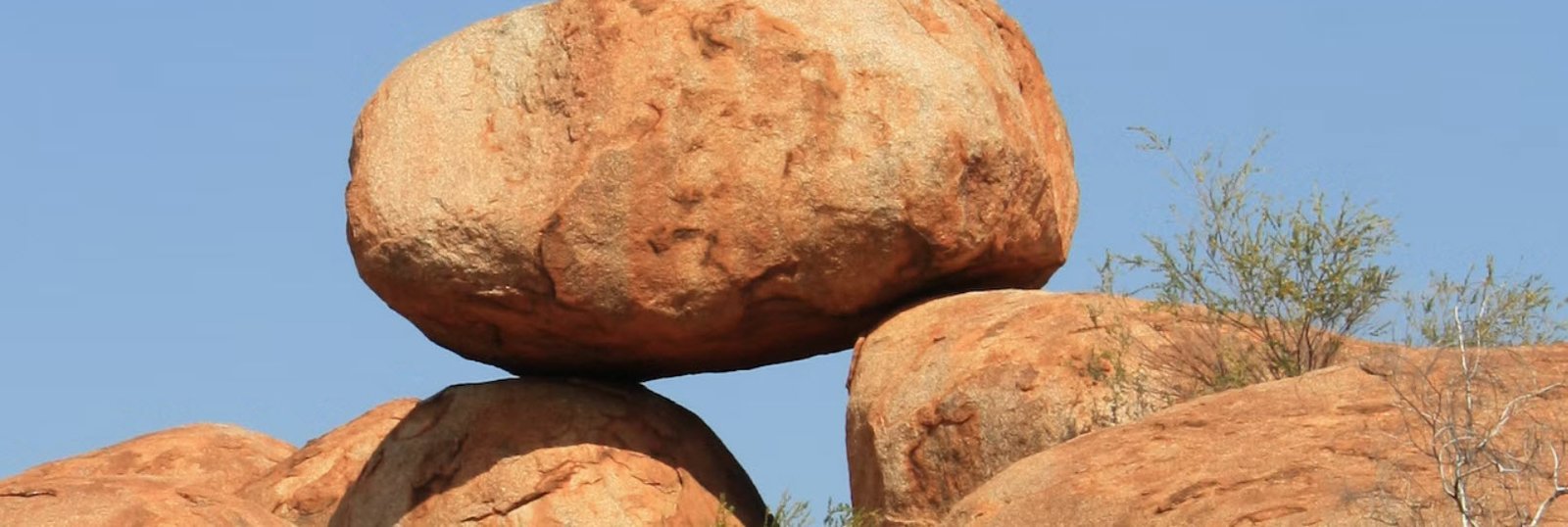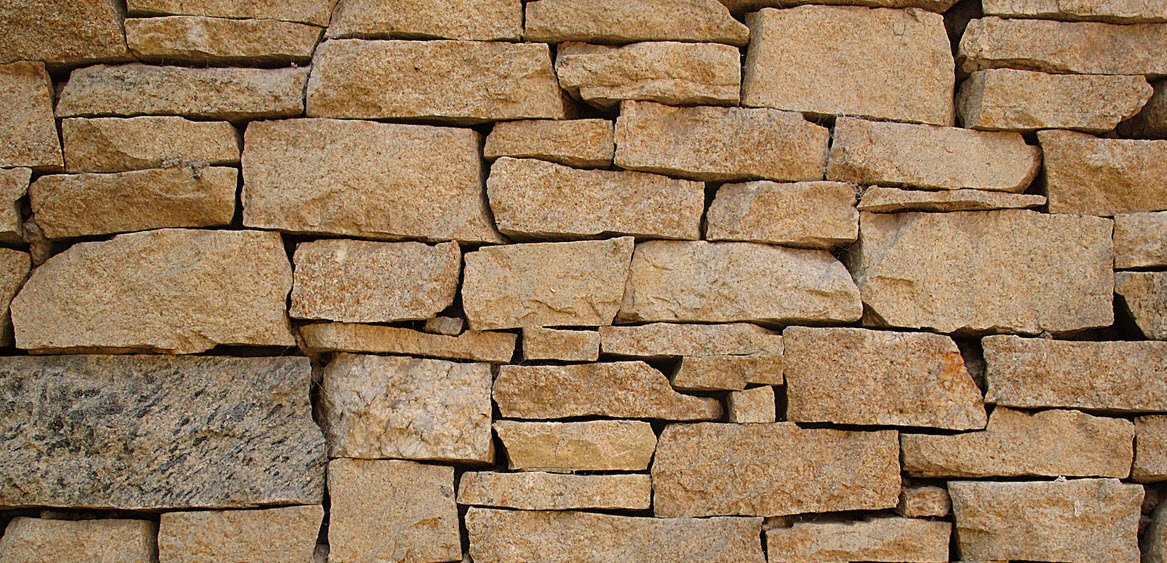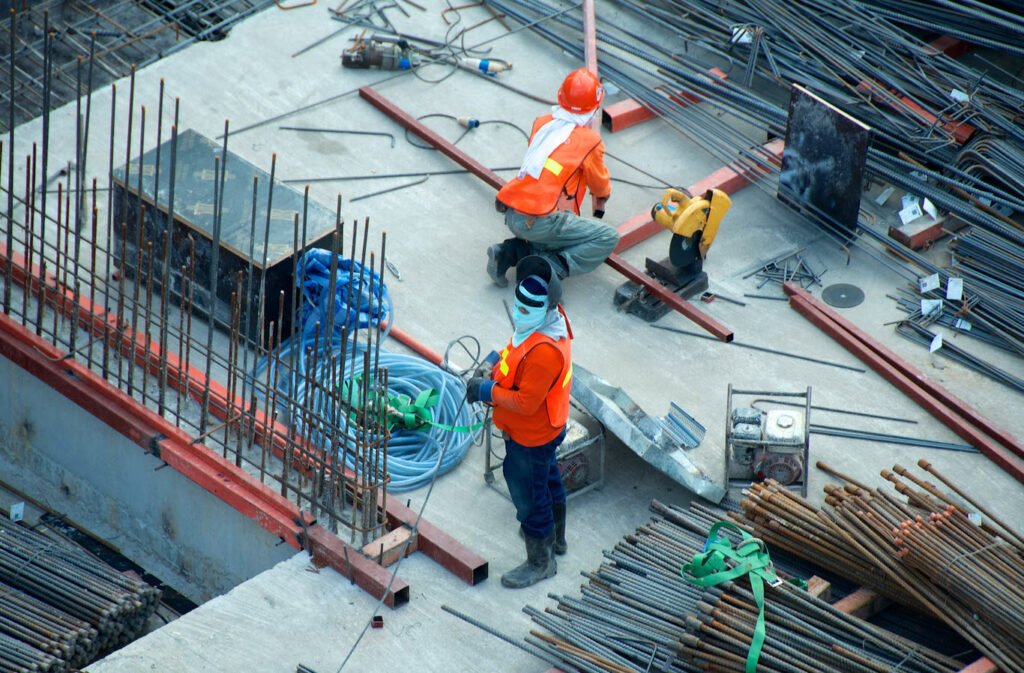Construction materials are the materials used in the construction of buildings, structures, and other infrastructure projects. There are many different types of materials used in construction, including:
- Sand
- Soil
- Mud
- Rock
- Stone
- Gravel
- Pebble
- Boulder
- Concrete
- Rubble
- Brick
1. Sand
Sand is a naturally occurring granular material composed of finely divided rock and mineral particles. It is an important raw material in the construction industry, where it is used to make concrete, mortar, and other materials. Sand is also used in the manufacture of glass, in landscaping and horticulture, and as a component of some types of soil.
Sand is usually found in the form of beach sand, river sand, or desert sand. Beach sand is typically made up of a mixture of sand, shells, and other organic materials, while river sand is often more finely ground and may contain silt and clay. Desert sand is usually finer and more uniform in size than beach or river sand, and is typically composed of silica or quartz.
The properties of sand, such as its particle size, shape, and composition, can vary depending on its source and the conditions under which it was formed. Sand is graded according to its size, with fine sand being smaller than coarse sand. The size and shape of sand particles can affect its use and performance in different applications.
2. Soil
Soil is a thin layer of material that covers the surface of the Earth and is made up of a mixture of organic matter, minerals, water, and air. It is a vital resource that supports plant growth and is home to a diverse community of microorganisms, insects, and other living things.
Soil is formed over time through the breakdown of rocks and organic matter. It is made up of four main components: minerals, organic matter, water, and air.
The minerals in soil come from the weathering of rocks and provide the nutrients that plants need to grow. Organic matter, such as dead plant material and animal matter, is a source of nutrients and helps to improve the structure and fertility of the soil. Water and air are also essential for the health and growth of plants, as they provide the moisture and oxygen that plants need.
There are many different types of soil, each with its own unique characteristics. The properties of soil, such as its texture, structure, and pH, can affect its suitability for different types of plants and determine how well plants will grow in it. Soil can also be affected by human activities, such as farming and urbanization, which can change its composition and quality.
3. Mud
Mud is a wet, soft, and sticky mixture of water and soil or other fine particles. It is often formed when water mixes with soil, especially in areas with high amounts of clay. Mud can also be made by mixing water with other materials, such as clay, silt, or sand.
Mud is often found in wetlands, along riverbanks, and in areas with high amounts of rainfall. It can also be found in areas with poor drainage, where water accumulates and mixes with the soil.
Mud can be difficult to walk on or drive through, as it can be slippery and sticky. It can also be difficult to clean off of clothing and other surfaces. However, mud has some practical uses, such as in the construction industry, where it is used to make bricks and as a base material for roads. Mud is also used in some traditional forms of natural medicine and cosmetics.
4. Rock
A rock is a naturally occurring solid substance composed of one or more minerals, mineraloids, or organic materials. Rocks are found on the Earth’s surface and in the Earth’s crust, and they are classified based on their composition and the way in which they were formed.
There are three main types of rocks:
- Igneous rocks: Igneous rocks are formed when molten rock (magma or lava) cools and solidifies. They are classified based on the way in which they cool, with intrusive igneous rocks forming below the Earth’s surface and extrusive igneous rocks forming above the Earth’s surface.
- Sedimentary rocks: Sedimentary rocks are formed by the accumulation and cementation of sediment, such as sand, clay, or organic matter. They are often found in layers and are classified based on the type of sediment that they are made of.
- Metamorphic rocks: Metamorphic rocks are formed when pre-existing rocks are subjected to high temperatures and pressures, causing them to change in structure and composition. They are classified based on the type of rock from which they formed and the conditions under which they were metamorphosed.
Rocks are an important resource in many industries, including construction, manufacturing, and energy production. They are also used for decorative purposes and as specimens for scientific study.
5. Stone
Stone is a naturally occurring solid material composed of one or more minerals, mineraloids, or organic materials. It is typically found in the Earth’s crust and is often used for building materials, decorative purposes, and as a source of raw materials for various industries.
There are many types of stone, including:
- Granite: Granite is a hard, crystalline rock that is resistant to weathering and erosion. It is often used for countertops, flooring, and other decorative purposes.
- Marble: Marble is a metamorphic rock that is composed of recrystallized carbonate minerals. It is prized for its beauty and is often used for sculptures and as a building material.
- Limestone: Limestone is a sedimentary rock that is composed of calcium carbonate. It is often used for building materials, such as concrete and cement, and as a source of calcium for various industries.
- Sandstone: Sandstone is a sedimentary rock that is composed of sand grains cemented together by minerals. It is often used for building materials, such as blocks and tiles, and as a decorative material.
- Slate: Slate is a metamorphic rock that is composed of fine-grained clay minerals. It is known for its durability and is often used for roofing, flooring, and other decorative purposes.
Stone has been used by humans for thousands of years for a variety of purposes, including building materials, tools, and decorative objects. It is a durable and long-lasting material that has played a significant role in the development of human civilization.
6. Gravel
Gravel is a type of loose, rocky material that consists of small, rounded or angular pieces of rock. It is a common construction material and is often used in the construction of roads, driveways, and paths. Gravel is also used as a base material for foundations and as a substrate in landscaping and horticulture.

7. Pebble
A pebble is a small, rounded or oval-shaped rock that is typically less than 2.5 inches (6.4 cm) in diameter. Pebbles are formed by the weathering and erosion of rocks and are often found in areas where water flows, such as rivers, streams, and beaches.
Pebbles are made up of a variety of materials, including rock, minerals, and organic matter. They can be composed of a single type of material, such as quartz, or they can be made up of a mixture of different materials. The size, shape, and composition of pebbles can vary widely depending on their source and the conditions under which they were formed.
8. Boulder
A boulder is a large, rounded or irregularly shaped rock that is typically greater than 10 inches (25 cm) in diameter. Boulders are typically found in areas where rock outcroppings or cliffs are present, and they are often formed by the weathering and erosion of these larger rock formations.
Boulders can be made of a variety of materials, including rock, minerals, and organic matter. They can be composed of a single type of material, such as granite, or they can be made up of a mixture of different materials. The size, shape, and composition of boulders can vary widely depending on their source and the conditions under which they were formed.

Boulders are often used as decorative materials in landscaping and gardening, as well as for use in construction and erosion control. They are also used as a natural barrier or boundary marker in certain areas. In some cases, boulders are also used as a source of raw material for the production of crushed stone or other construction materials.
9. Concrete
Concrete is a common construction material used for foundations, walls, and other structural elements. It is a mixture of water, cement, and aggregates, such as sand and gravel.
When the paste hardens, it becomes a strong, solid material that is commonly used for building foundations, walls, floors, and other structural elements.
Concrete is widely used in the construction industry because of its strength, durability, and versatility. It can be molded into a variety of shapes and forms, and it can be used in a wide range of applications, including residential, commercial, and industrial construction.
10. Rubble
Rubble is a term that refers to broken or debris of brick, concrete, stone, or other building materials. It is often created as a result of the demolition of buildings or other structures, or from the natural erosion or weathering of these materials over time.
Rubble can be made up of a variety of materials, including concrete, brick, stone, and other building materials. It is typically classified based on the size of the pieces, with larger pieces being called “boulders” and smaller pieces being called “gravel.”
Rubble can be used as a construction material in some cases, especially when it is crushed and used as a base material or as an aggregate in concrete or asphalt. It can also be used as a decorative material in landscaping and gardening, or as a fill material in areas where the ground needs to be raised or leveled. In some cases, rubble is also used as a source of raw materials for the production of crushed stone or other construction materials.
11. Brick
A brick is a rectangular block of hard, dried clay that is used for building and construction. It is a common building material that has been used for thousands of years and is still widely used today.
Bricks are made by mixing clay with water and other additives, shaping the mixture into rectangular blocks, and then firing the blocks in a kiln to harden them. The process of making bricks is known as brickmaking.

There are many types of bricks, including common bricks, which are made from ordinary clay and are used for general construction purposes, and facing bricks, which are made from higher-quality clay and are used for decorative purposes. Bricks can also be made from other materials, such as concrete, fly ash, or shale.
Bricks are durable, long-lasting, and resistant to fire and weathering, making them an ideal building material. They are also relatively easy to work with and can be used to construct a wide range of structures, including walls, foundations, and decorative features.




Pingback: The Ecology of the Soil – A Brief Guide - Home Hyme